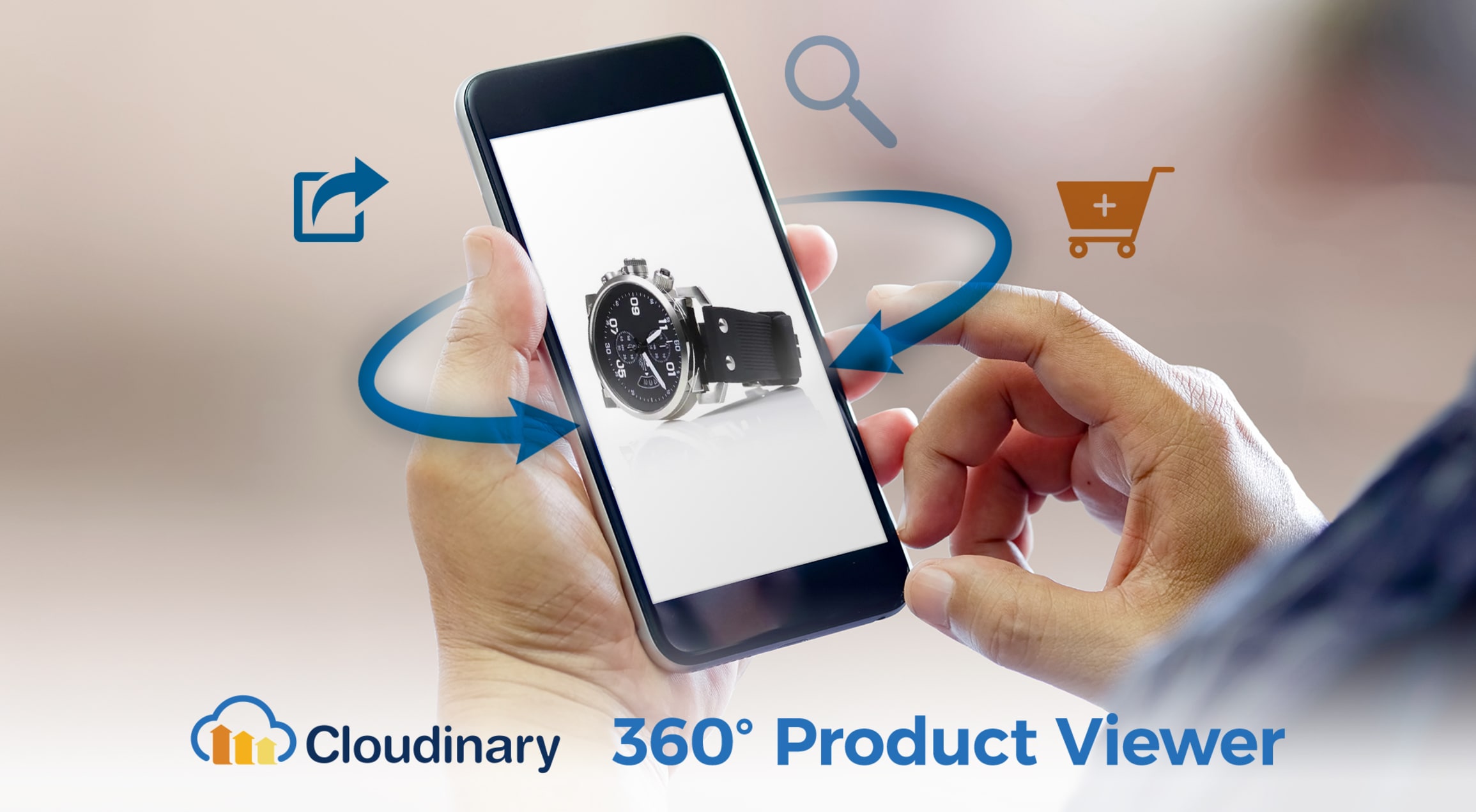

What was once only available for viewing on a personal computer easily be accessed and viewed on a mobile device. The quality of 360-degree video has improved greatly in recent years, due in large part to the technology that enables its creation and consumption. Such use cases include educational applications, like surgical training tools for medical students, and content that aims to treat illnesses such as post-traumatic stress disorder in war veterans or phantom limb syndrome in amputees. In addition to entertainment, news and marketing, there are a whole host of study cases that 360-degree video creators have only just begun to explore. Consumer brands have also begun utilising 360-degree video technologies in striking advertising campaigns to reach out to the young, tech-savvy consumers of today.
#360 degree video viewer tv#
Already several large media organisations, as well as athletes, celebrities and TV show producers, have put together promotional videos offering a variety of captivating content options to engage fans. So much so that the medium is predicted to be one of the biggest marketing trends to watch for in 2016. In fact, the buzzword is also strongly tied to the advertising industry and 360-degree video provides a way to create intense moments and rich, enveloping experiences that can help boost a brand’s story.
#360 degree video viewer full#
This pioneering journalistic endeavor let viewers move their mobile devices around to take in the full scenery, exploring the refugee experience in a highly personal way.īut storytelling isn’t just for journalism.


5 story about the plight of refugee children forced from their homes by war and persecution. The New York Times, for example, recently ventured into the world of 360-degree video storytelling with “The Displaced,” their Nov. Journalists are also hoping to evoke similar emotions and create empathy in a field that is often criticised for lacking such components. Some of the most favoured videos among those already published have been horror films, which trap viewers in eerie, highly atmospheric scenes in which they can literally look over their shoulder to see what’s lurking in the dark.Įngrossing and emotion-provoking videos like these have given way to an unpredictable increase in the popularity of virtual reality elements at this year’s major film festivals-including Cannes, Sundance, Tribeca and Hot Docs-and have accelerated major film and television studios’ recent VR initiatives. While these kinds of videos generally provide a riveting experience, traditional filmmakers and production companies are exploring how 360-degree video can also transform storytelling and make a viewer feel more emotionally involved. In doing so, people are now able to experience things they wouldn’t likely encounter in “reality,” such as flying a WWII fighter plane or viewing Earth from the International Space Station, in new and unique ways. Recognising the potential of this highly immersive means the delivering of content, online platforms such as YouTube, Flickr and Facebook have taken numerous measures to support 360-degree video formats.


 0 kommentar(er)
0 kommentar(er)
